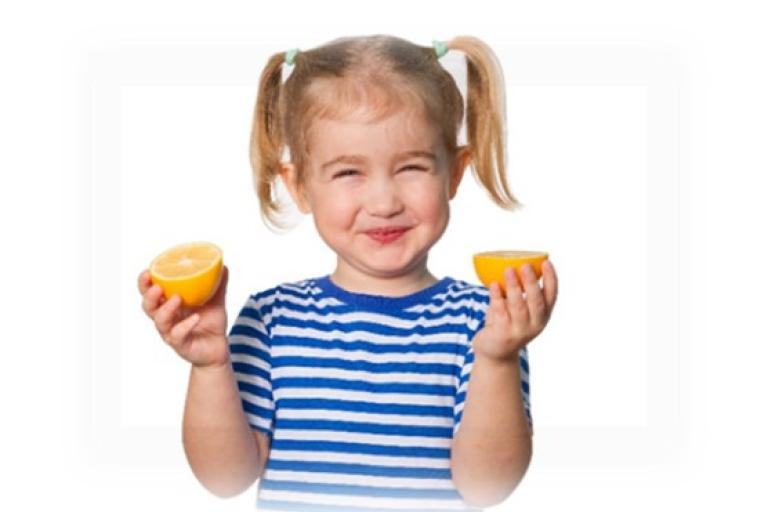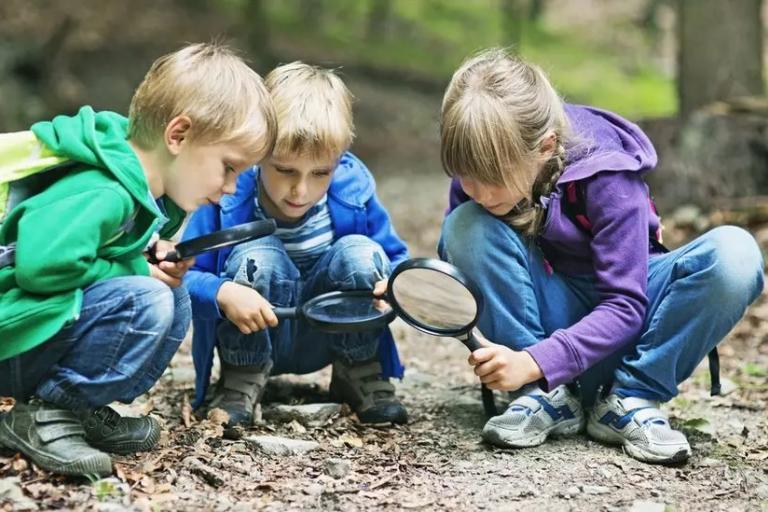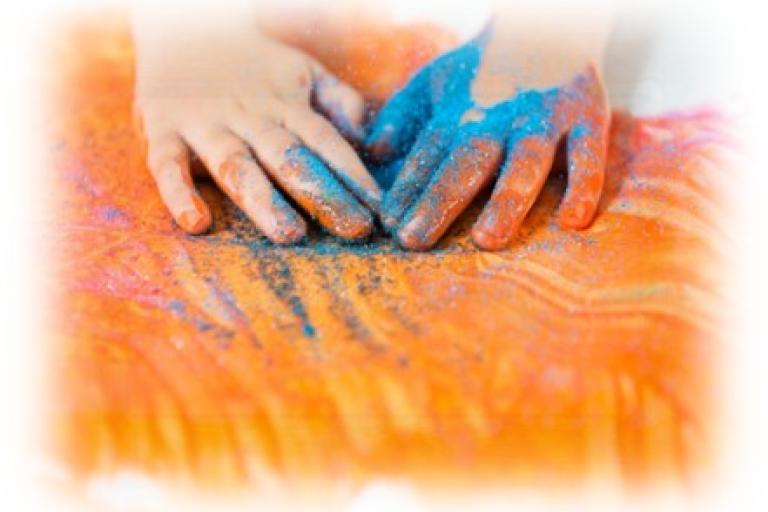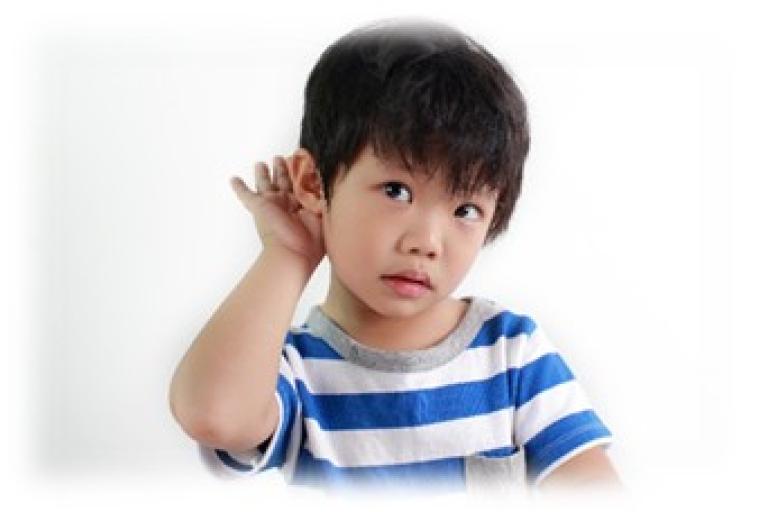Our senses
Taste
Choose a variety of foods to taste (check for any allergies). For example:
- apple
- banana
- pear
- orange
- bread stick
- cheese
- carrot
- broccoli
Anything that you think your child might like to try.
Chop them up into small bits so that your child is less likely to identify them by looking.
Put each food sample into small containers, you could use a cupcake /muffing tray or little pots.
Explain to your child you are going to be doing a tasting game. See if your child is happy to wear an eye mask to do the activity or just close their eyes.
Start with something you know your child loves to eat. See how many they can guess.
Now you have a turn, no peeking!

Sight
Gather a collection of interesting objects. For example:
- shells
- pinecone
- stone/pebble
- flower
- leaf
- twig
- acorn

Ask your child to take a minute or two to look at each individual item.
Look at the shape? Are there any grooves on it? What markings does it have? What size is it big or small? What colour is it? Are any the same colour, shape, or size?
Give your child a magnifying glass (if you have one) and ask them to look again. Do they see anything else on each object?
If you don’t have a magnifying glass, why not make a pair of special magical glasses out of pipe cleaners, and then ask them to look closely at each object, what else can they see now?
Touch
Collect a range of different textured items. Put them in a bag or a pillowcase.
Encourage your child to put their hand into the bag and feel one of the objects.
What does it feel like? Rough, smooth, soft, bumpy, spiky, prickly, lumpy.
Can they guess what it is by feeling it?

For younger children/babies put some different textured objects in a basket/box, let them explore the feel of each object.
You could put some wet textures on a tray such as beans, spaghetti, shaving foam, jelly, peas and let your child/baby explore the consistencies.
Ensure all objects are safe for children to touch and are not a choking hazard.
Hear
Take the children on a listening walk inside the house and then outside in the garden or neighbourhood.

Make a list of things that you might hear in your home. For example laughter, clock, music, voices, washer, dryer and a list for sounds you might hear in your neighbourhood. For example birds, cars, dog, voices.
When they have ticked off what they have heard on their list, ask them to close their eyes and see if they can hear anything else.
For younger children try putting different object in to empty pots or plastic bottles. Shake them and listen to all the different sounds each one makes.
Smell
Create smelling pots.
Collect about six to eight non see-through pots. You could use paper cups or empty yogurt pots.
Put a different ingredient into each individual pot so that you have a range of aromas. For example:
- coffee
- chocolate
- squashed banana
- cut grass
- orange segments
- scented flower
- popcorn
- garlic
- mint leaves
Cover the tops with paper (so that your child can’t see what is inside) and secure with an elastic band. Pierce a few holes in the top of each pot.
How many smells can your child guess?

